Dear Yervant,
I hope this finds you well. I realized that I was somewhat vague in yesterday’s post when I wrote about what would constitute a more “nuanced understanding of audience” for your contributions to documenta 14, specifically the screening of Pays Barbare as part of the Public TV program KEIMENA. Allow me to spend today’s entry fleshing out what I mean.
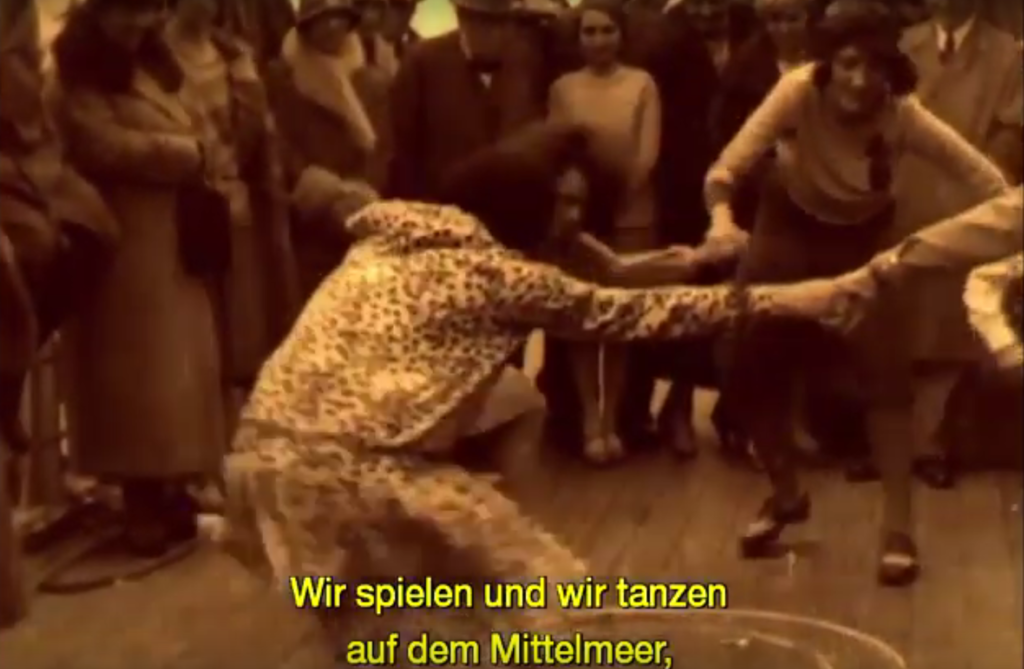
The reason that I submitted an abstract about your and Angela Ricci Lucchi’s work to the Italian Cinema(s) Abroad conference and why I decided to read this series of posts to and for you (in lieu of an academic paper), is that I am coming to the end of the first phase of an experimental research project that uses the setting of the university to challenge the simplistic and sometimes sensationalist media coverage of documenta 14 (archived under the page ‘Mediating documenta 14’ on Minus Plato).
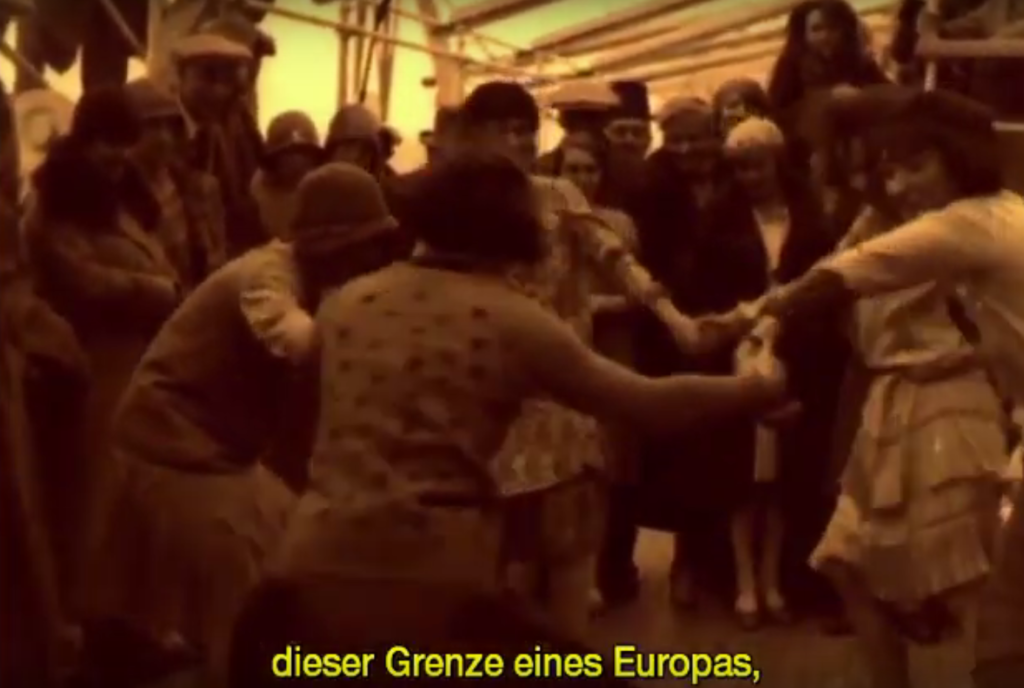
The first paper, called “Trans migrant bodies, stolen fake stones and other exercises of freedom at the ‘stateless’ exhibition documenta 14”, was part of a paper workshop session of the symposium Naming (In)Justice: Rights and Resistance Across Queer Migrations and Trafficking. In the paper I examined the controversy surrounding the ‘theft’ of documenta 14 artist Roger Bernat’s prop as part of his performative work The Place of the Thing by the activist group LGBTQ + Refugees in Greece. While the reporting on this controversy polarized the artist and activists, my paper sought to find a shared commitment to challenging the framing institution of Documenta itself.
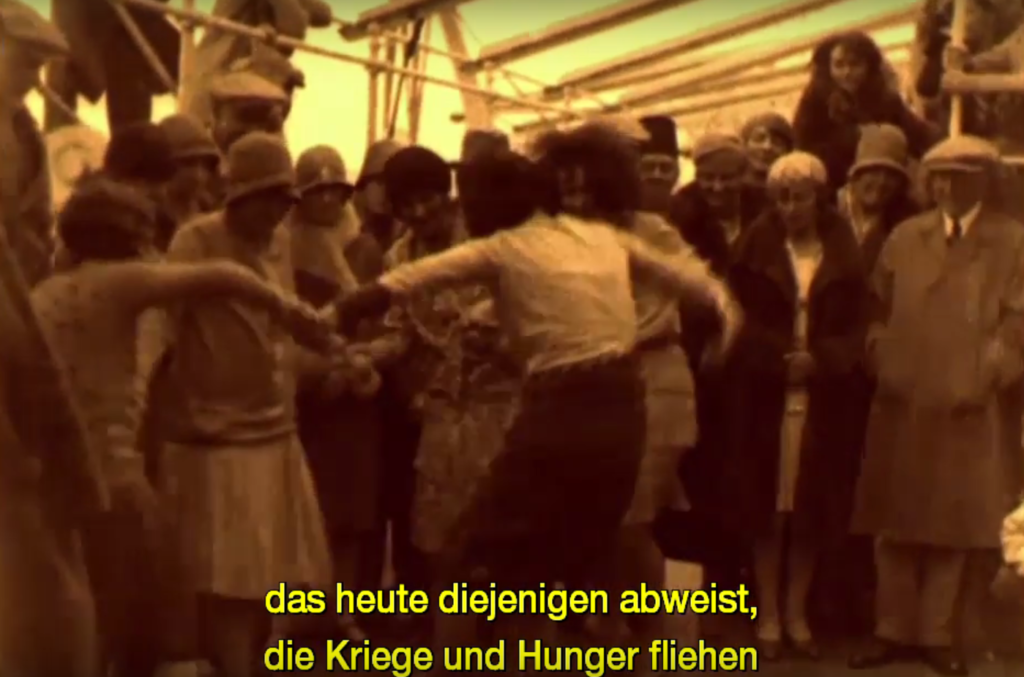
The second paper, called “We Mediterraneans: A Chorus of Crossings and a Century of Camps at documenta 14”, was presented at the roundtable Migration in the Global Mediterranean as part of the 3rd Migration Studies Symposium, The Borders and Boundaries of Migration Studies.
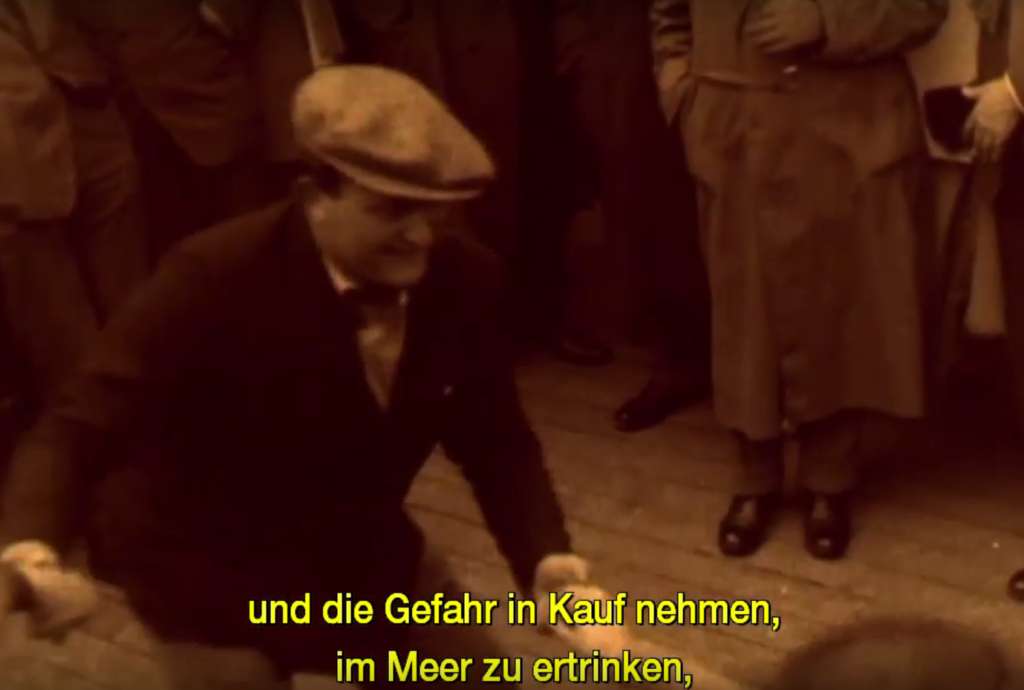
In the paper I discussed the cancellation of the documenta 14 event, a reading of the poem Auschwitz on the Beach by Italian philosopher and activists Franco “Bifo” Berardi due to a media campaign in the German press and Jewish communities. I argued that rather than ‘relativizing’ the Holocaust, Berardi’s account of his poem at the replacement event (called Shame on Us) chimed with other works at documenta 14 that called for an ongoing conception of fascism and specifically white nationalist necropolitics at work in the global refugee crisis.
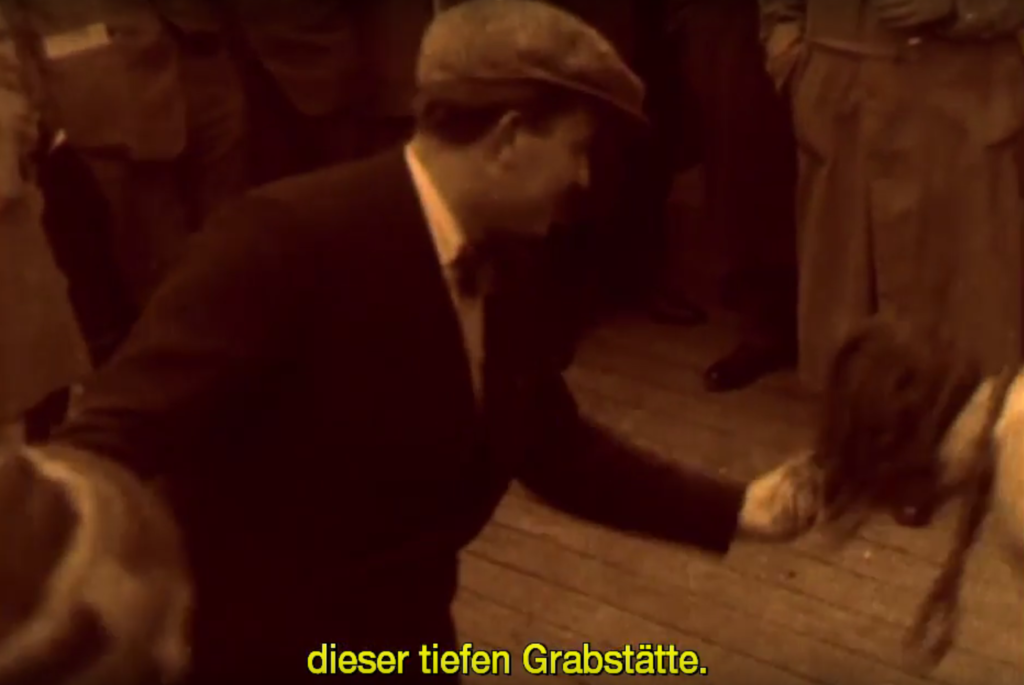
Now, the impetus for me to fold this presentation at the Italian Cinema(s) Abroad conference into the ‘Mediating documenta 14’ project, was less a specific one-off controversy, as in the case of Bernat and Berardi, but the media anticipation of the documenta 14 exhibition itself in terms of an accusation of neocolonialism and crisis tourism. Although these accusations were made later and in more detail by Greek intellectuals (such as by Greek curator iLiana Fokianaki and former Greek Minister of Finance Yanis Varoufakis in their June 2017 E-Flux piece ‘We Come Bearing Gifts’), they were also the basis for a piece written on Artnet by Cathryn Drake, which summarized the critical reception of the documenta 14 team in Athens at the end of March 2017.
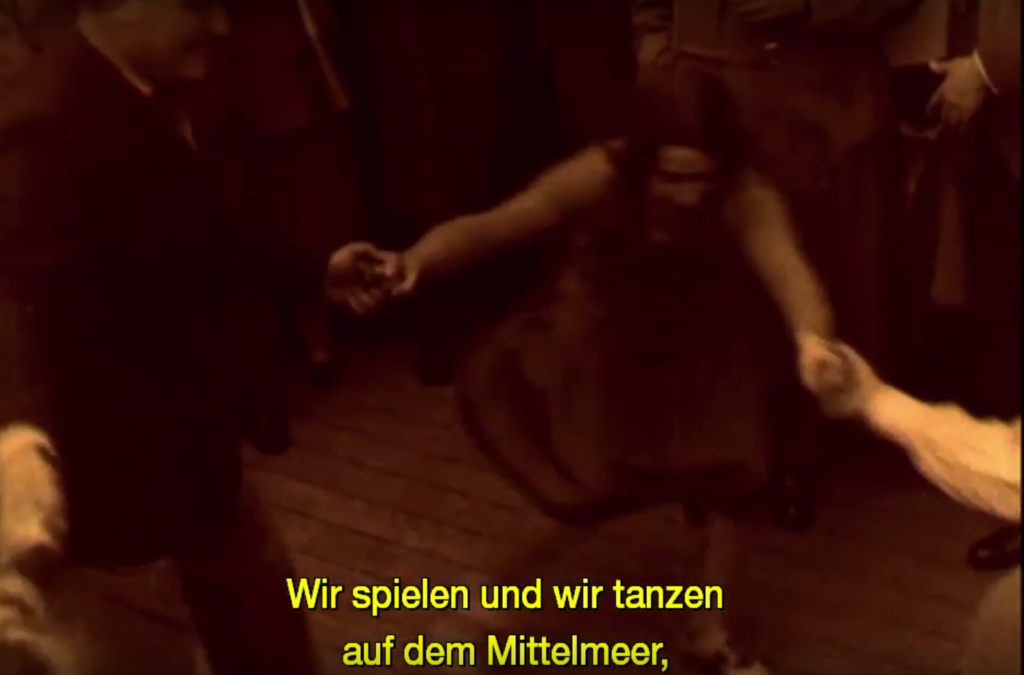
Drake’s article, with the descriptive title “Here’s Why Greece Is Not Exactly Rolling Out the Red Carpet for documenta 14”, offers an almost diaristic account of the missteps taken by artistic director Adam Szymczyk and his team as they negotiated a hostile Greek political climate. Specifically, Drake combines the presentation of documenta 14 events (mainly as part of the public program The Parliament of Bodies) with the commemoration of historical events in Greece (e.g. October 28th, Oxi day commemorating the refusal of Mussolini in 1940 or November 17th, the anniversary of the student uprising in 1973 and the annual anarchist march on the US embassy or December 6, and the more recent 2008 riots after the police killing of Alexandros Grigoropoulos), to show how the global art exhibition was tone-deaf to the context they were working within. It is within this context that Drake introduces the Public TV program KEIMENA:
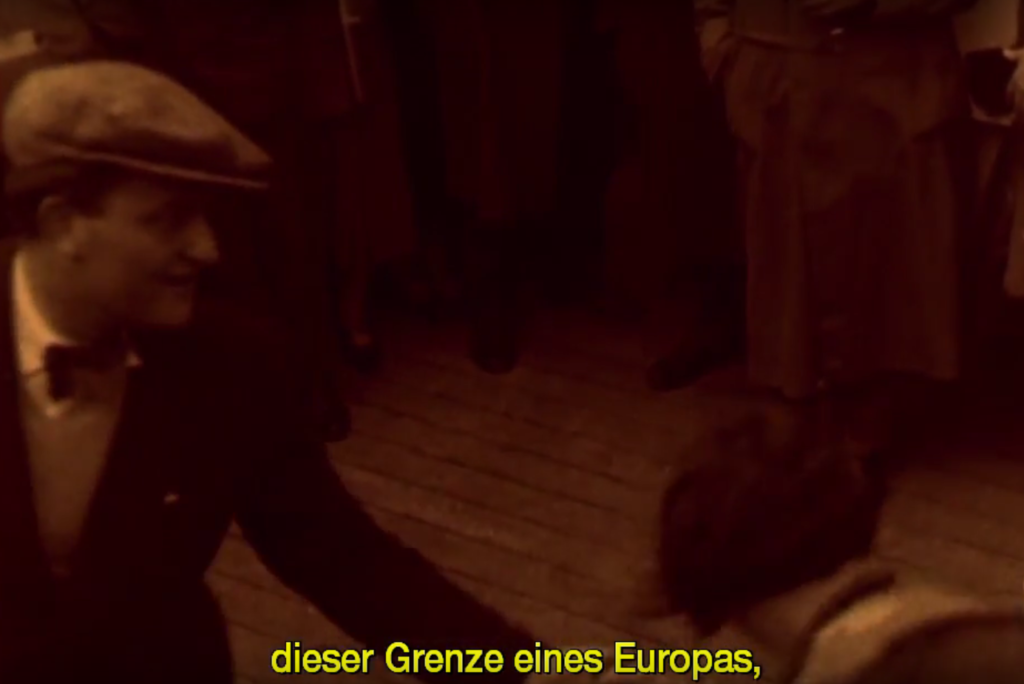
A week later [after December 6th], the Greek public television station ERT aired documentaries about the German massacre at Kalavryta on December 13, 1943, followed [on December 19th] by the start of documenta’s weekly broadcast of films, called “Keimena” (Texts). Curated by Hila Peleg and Vassily Bourikas, many of them focused on human rights issues around the world.
Although Drake doesn’t go into more detail here, the implication is that the Public TV program was imposing itself onto Greek documentary traditions that were commemorating their own history and its tragedies.
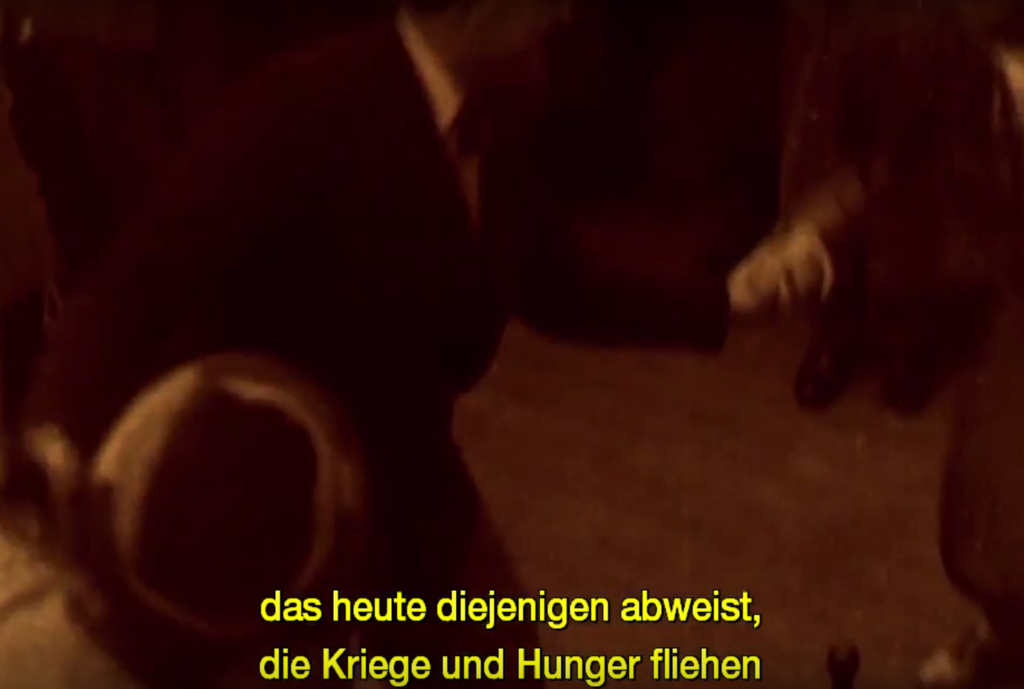
It is within this context that I want to insert the third scene from Pays Barbare, your 2013 film that would be shown as part of KEIMENA on July 31st, 2017. Following the footage of crowds celebrating the death of Mussolini in Milan’s Piazzale Loreto on April 29th, 1945, and crowds of cadets hailing Il Duce in Libya in 1926, you and Angela include footage from the boat crossing to Libya of that same year, with people dancing and having fun. (It is this precise scene in your film that opens the advertisement of the KEIMENA screening on ERT2 – here is the link – and screengrabs from which, from a version on YouTube with German subtitles, have been accompanying the present post).
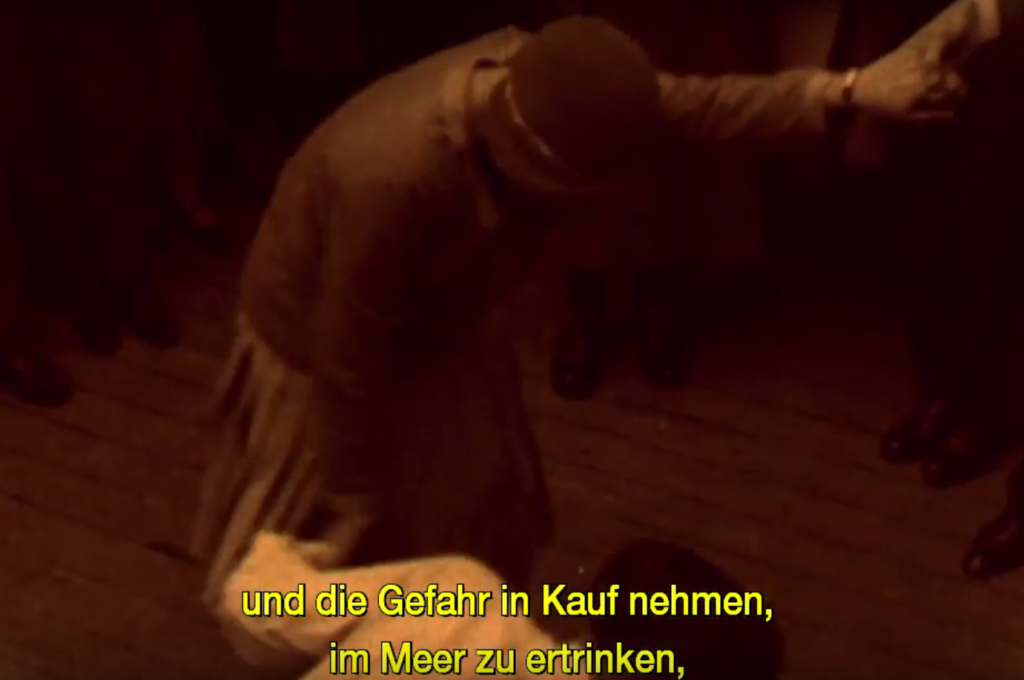
Across this footage, as you well know, the same French text is first sung by Angela and then read by you, Yervant:
We play and dance on the Mediterranean,
this border of Europe
that today rejects those who flee wars and hunger,
and risk drowning in the sea,
this deep tomb.
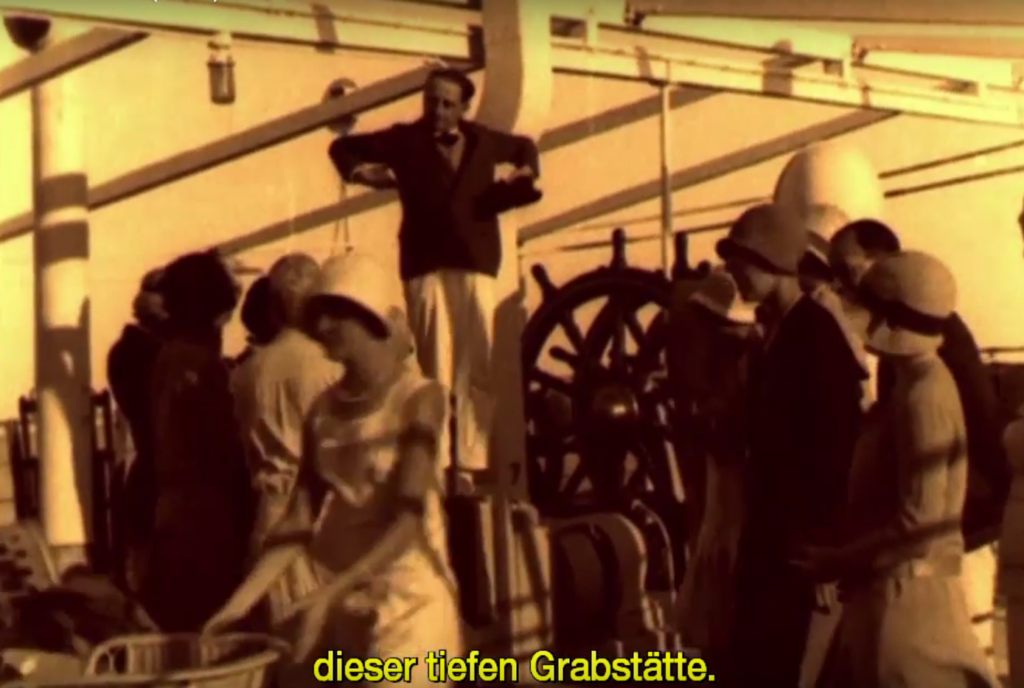
This text directly addresses the present (2012-2013) Mediterranean refugee crisis in a way that would directly resonate with the Greek viewers of ERT2. In doing so, as I will make the case tomorrow, the KEIMENA program was much more nuanced than ‘focused on human rights issues around the world”, it was channeling experimental documentary film for a specifically contemporary Greek context, in terms of ‘crisis’ (debt, refugee etc) as part of an ongoing conception of fascism and specifically white nationalist necropolitics.
I will continue to follow this thread tomorrow, as now I have to teach my class Philosophical Problems in the Arts, in which we are discussing how ideas of aesthetic judgment and experience (c.f. Hume and Kant) can be used to understand documenta 14, specifically the 3-day inaugural Parliament of Bodies series in Kassel called How does it feel to be a problem? which Paul Preciado describes as follows:
The Parliament of Bodies takes W. E. B. Du Bois’s question “How does it feel to be a problem?” as a possible interpellation directed today at the “99 percent” of the planet, taking into consideration the process that African philosopher Achille Mbembé has called “becoming black of the world.” Whereas the modern colonial and patriarchal regime invented the “worker,” the “domestic woman,” the “black,” the “indigenous,” and the “homosexual,” today new government technologies are inventing new forms of subjection: from the criminalized Muslim to the undocumented migrant, from the precarious worker to the homeless, from the disabled to the sick as consumers of the industries of normalization to the sexualized worker, and the undocumented transsexual.
Until then,
Richard